I made a grid, I drew some lines between each cell. I want text in the upper lefthand corner of a cell, but I can only get alignment relative to the cell's center.
I've spent a lot of time searching, and this is the closest I could find is What do hjust and vjust do when making a plot using ggplot?. The [0,1] values of hjust and vjust align the text in reference to the points in this example, and on a grid (using grid.text) they align the text relative to the center of the cell. I've tried values of hvjust outside of [0,1] with no luck; I've tried using decimal places when specifying the row/column (1.5 should be between row 1 and 2 right?) for text placement, but the decimals just get rounded. I can't align by hand because my script should be aligning many names of variable length.
Code to layout the grid:
grid.newpage()
pushViewport(viewport(layout=grid.layout(29+1,7, heights = unit(rep(1,
(29+1), "null"), widths=unit(c(1,.5,.5,.5,1,1,1), "null"))))
grid.polyline(x=c(0,0,1,1,1.5,1.5,2,2,2.5,2.5,3.5,3.5,4.5,4.5,5.5,5.5)/5.5, y=rep(c(0,1), 8), id.lengths=rep(2,8))
grid.polyline(x=rep(c(0,1), 29+2), y=sort(rep(0:(29+1), 2)/(29+1)), id.lengths=rep(2,29+2))
Assume the 29s are variable numbers, I had to change them from something more specific. If the code doesn't layout the grid, I must've deleted an extra parenthesis. The only other code I have just places text in the near center of a cell of the grid.
My goal is to place text so that the first letter is in the upper left corner next to the gridlines. Any guidance is greatly appreciated.
